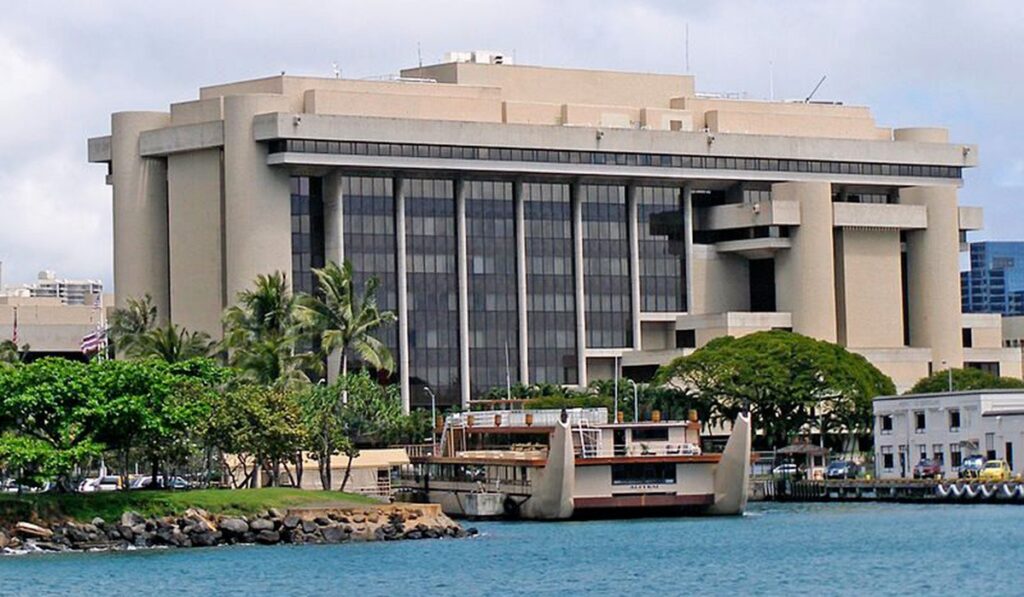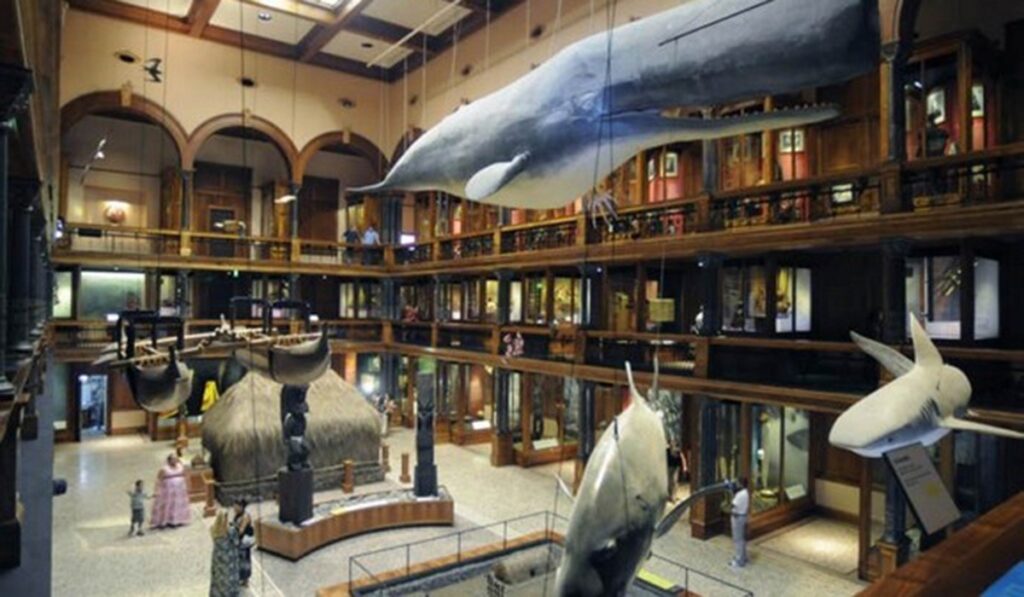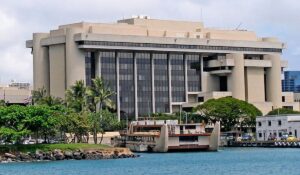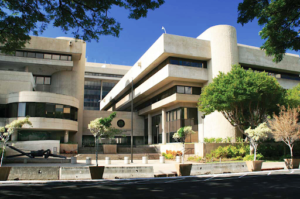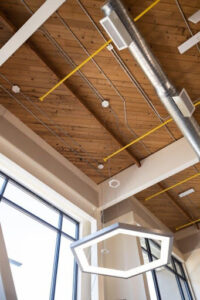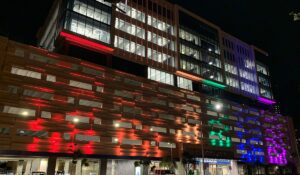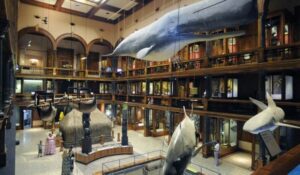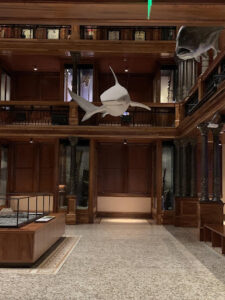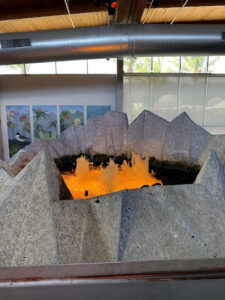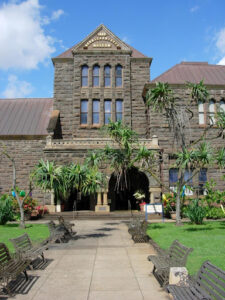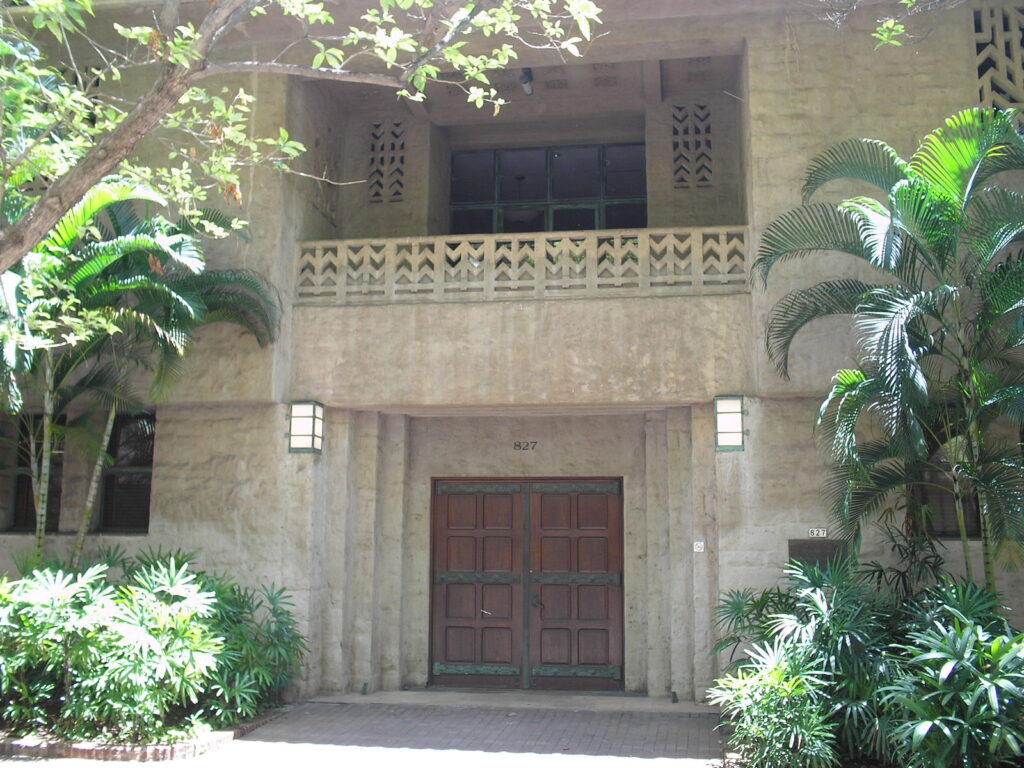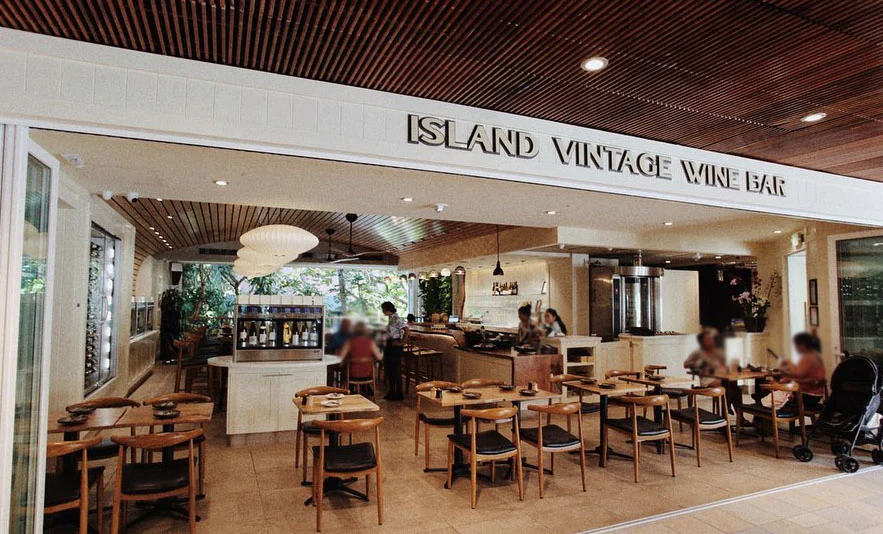OVER 3 DECADES OF EXPERIENCE
With more than 4,000+ projects completed in our 32+ years of business, our portfolio represents a diverse range of mechanical and electrical engineering services, highlighting our commitment to innovation, sustainability, and excellence. Each project reflects our dedication to providing top-notch engineering solutions that meet the unique needs of our clients. Explore our featured projects to see how we bring our engineering vision to life and contribute to the development of functional and efficient spaces.
